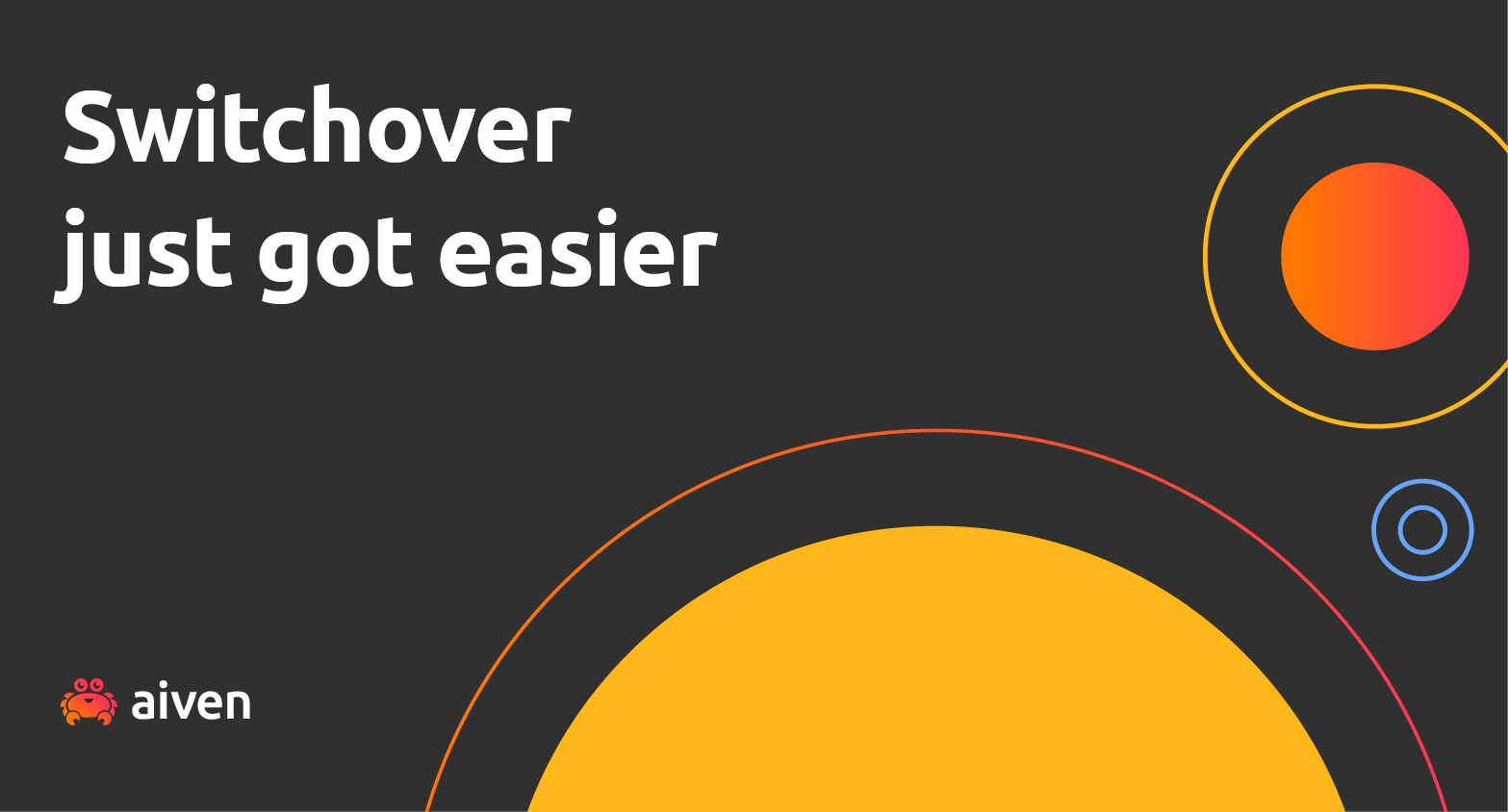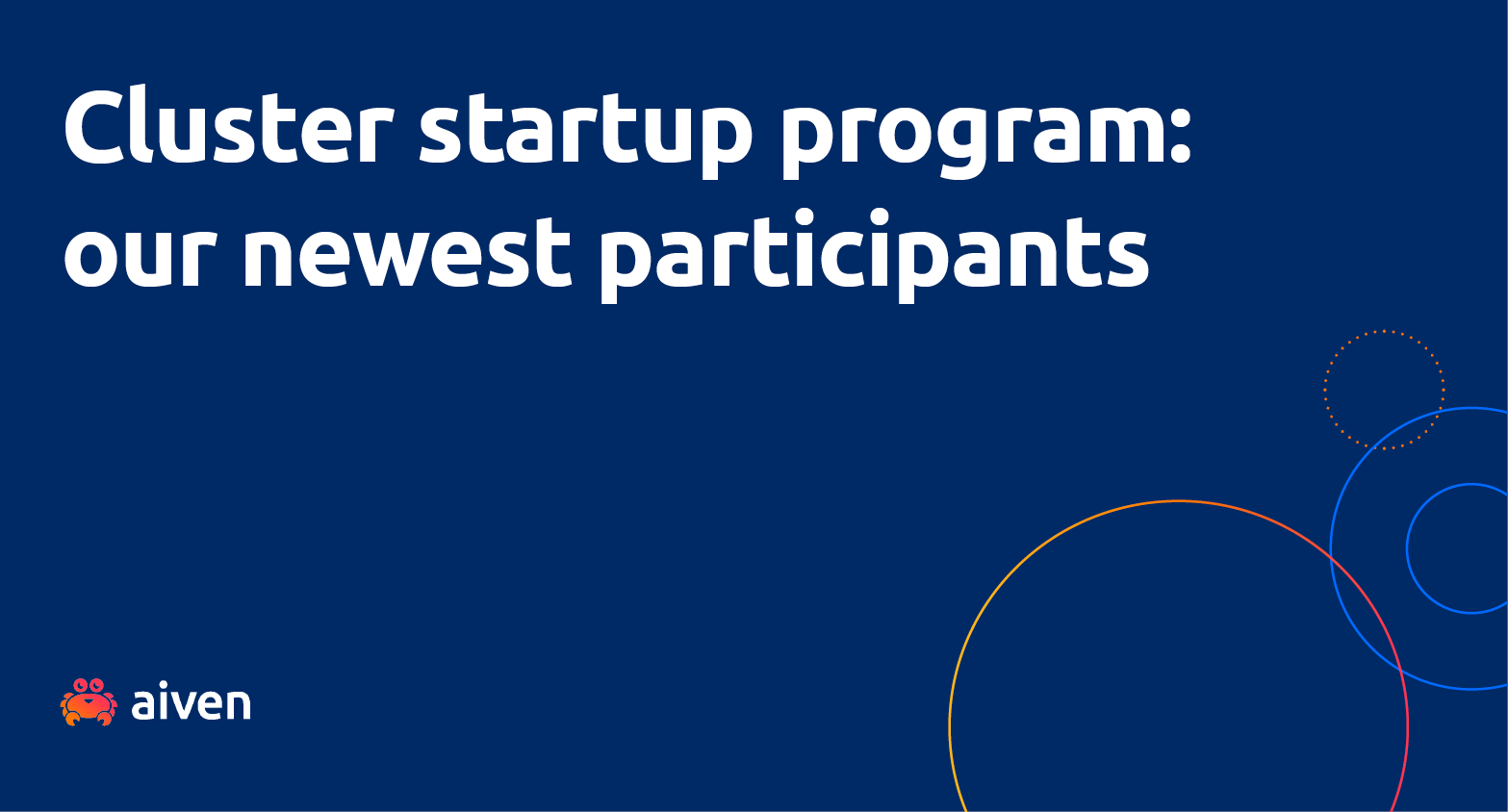Nov 4, 2020
Redis 6 is here
Aiven now offers Redis 6 as a managed service. This post tells you what the key improvements are and how we are bringing it to you. Read on!

Auri Poso
|RSS FeedTechnical Copywriter at Aiven
It is with great pleasure that Aiven announces the availability of Redis 6 as a managed service on the Aiven platform. Currently at version 6.0.9, Redis is now even faster and more secure, accommodating improvements like Access Control Lists and threaded I/O. Let’s have a look at what the new version can do for you.
Redis 6 highlights
Enhanced security with ACLs
With version 6, Redis introduces the concept of “users”.
This enables segregation of duties by dividing tasks between users. With Access Control Lists (ACLs), you can choose which users can run which commands, and on which keys. This way, you can create specific users for different actions, improving security as each user only has the minimum privileges required for that specific task.
Faster processing with threaded I/O
The overall performance of Redis is improved by delegating the time spent reading and writing to I/O sockets to other threads. According to the creators of Redis, this means the database can serve up to twice as many operations as before on a single instance.
Client-side caching
Redis 6 includes support for client-side caching of values, although this is currently in the experimental stages. This means that the memory available in the application servers is used for caching some database information on the application side rather than the database nodes. The result is a distinct improvement in performance.
Wrapping up
This is, of course, not the full list of improvements, and there are lots of bug fixes and so on included in this version. Be sure to check the full release notes on Github.
If you already use Aiven for Redis®, you can upgrade as you see fit. Otherwise, your service will be upgraded in specific cases such as if you change your current plan or the replacement of a node upon failure.
If you’re not using Aiven for Redis® yet, maybe you should be! Go ahead and read more about Redis in our Introduction to Redis or visit our Redis page to get started.
In the meantime, make sure you follow our changelog and blog RSS feeds or our LinkedIn and Twitter accounts to stay up-to-date with product and feature-related news.
Related resources

Jan 13, 2023
No more worries about losing your logical replication slots during maintenance or failover - Aiven now recreates them for you! Find out more here.

Jun 12, 2023
Aiven believes in paying back to the startup community - it's where we come from. Read on to find out about the latest companies to join our Cluster Startup Program.

Nov 17, 2021
Aiven invites startups to our new startup program. Find out why Aiven is helping fresh early-stage startups with discounts and other opportunities.